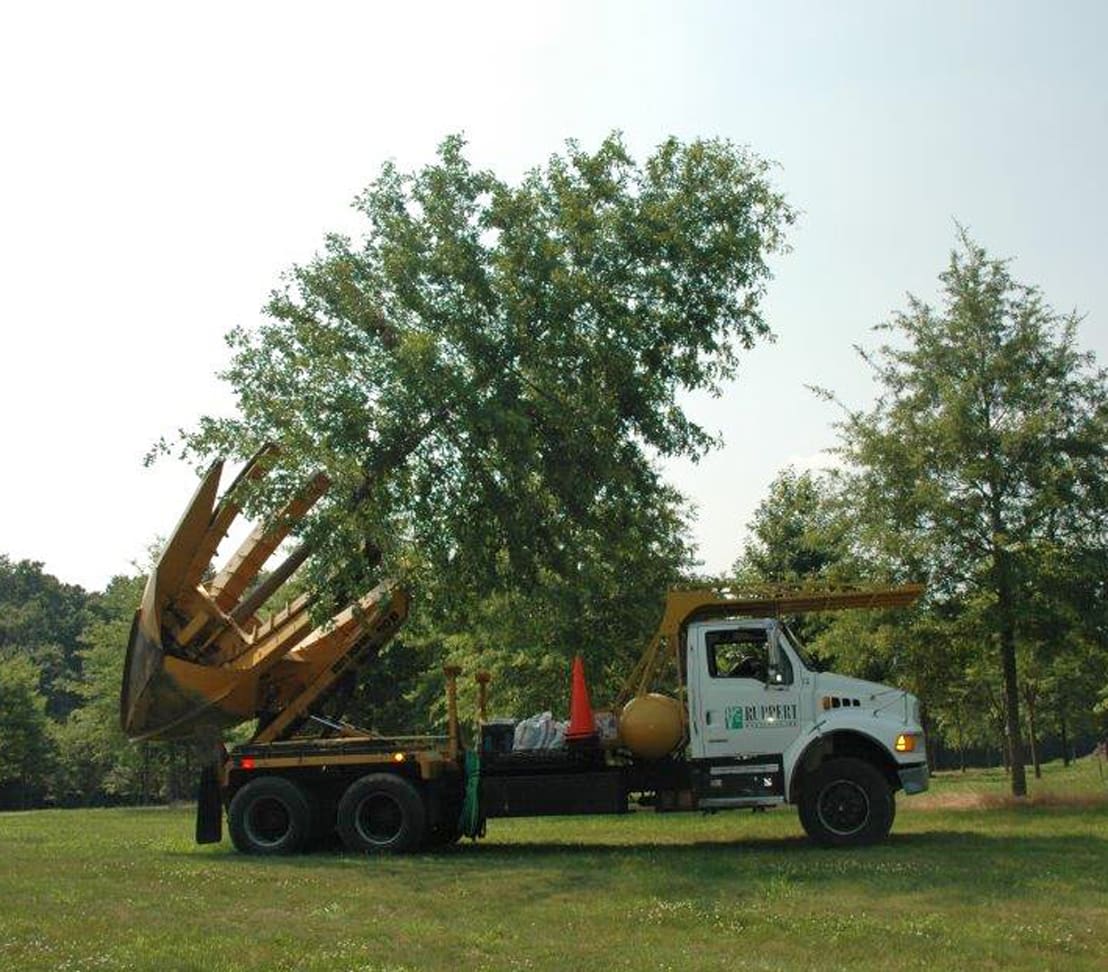
Because Three Wasn’t Enough
This is part two of a conversation with certified horticulturalist Ronda Roemmelt talking about her favorite big trees. Her part one list of favorites includes classic shade trees native to Northern Virginia, plus an import or two.
Roemmelt, a graduate of Penn State, has worked for 20 years as a horticulturist and arborist. She is a frequent contributor to the Ruppert Nurseries blog, where she is also the regional sales manager.
The right tree for the right place
One of the most common tree problems that Ronda encounters is psychological rather horticultural. She has to talk a potential customer out of purchasing a tree they want. She says that people fall in love with the idea of having a particular type of tree even though their yard is not a suitable habitat for that species.
I get calls all the time from people who will say things like, ‘I love weeping willows. That tree reminds me of my childhood. My grandparents had a weeping willow on their farm, and I want one in my yard.’ And then you look at their yard and have to tell them they can’t have a weeping willow: You have no room for this tree that is going to get bigger than your house. You have no proximity to water—and this plant loves water and is going to immediately seek water in other places. It will break up your sidewalk and, clog your sewer pipes. Ronda Roemmelt, Certified Horticulturalist
With that caveat in mind, here are four more of Ronda’s favorites followed by a few tips about tree care:
1 American Elm

The American Elm, a native species, was once ubiquitous in our urban landscape. Standing 80 to 100 feet tall, they graced parks and lined boulevards in many cities and towns. Most were destroyed by Dutch Elm disease during the last half of the 20th century. Since then, hybrid varieties such as New Harmony, Jefferson, Princeton, Freedom, and Patriot have been bred to resist Dutch Elm disease.
Ronda’s favorite hybrid is the Jefferson. These are the broad canopied elms that you see on National Mall and on many college campuses. These trees need a tremendous amount of space. A mature Jefferson variety of American Elm will stand 70 feet tall with a 45-50 foot spread.
2 Trident Maple
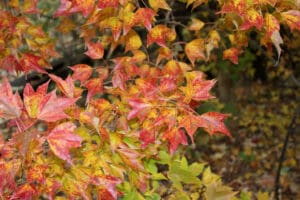
This shade tree is ideal for small yards. The Trident tops out at 30 feet with a spread of 20-25 feet. For this reason, it works very well in the front yard of a townhouse or on a suburban lot where homes are close together. Like the Chinese Elm, the Trident produces dense interior branching—which in turn throws down a very dense shade. Its tiny leaves are perfectly shaped miniature maple leaves and it displays a rugged-looking exfoliating bark. It produces fall color in two stages, turning a yellow then deep red. Note: All maples have shallow root systems that seek surface water. The roots extend about as far as the drip line of the tree canopy. So, even a Trident Maple needs to be set 20 feet or so from a driveway or sidewalk to prevent the roots from breaking up the pavement.
3 Sycamore
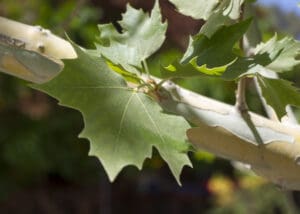
The Sycamore is a native tree that Ruppert Nurseries plants and sells all the time. It is an enormous tree that needs a lot of space. The lush green leaves are very large (up to six inches long) and provide dense shade. Sycamores show their fall color early. The leaves turn yellow and drop in August. So a homeowner will have to start leaf clean up early. The sculpture-smooth bark and branch structure are beautiful to look at even in winter.
4 Weeping Willow
Yes, you can have a weeping willow!
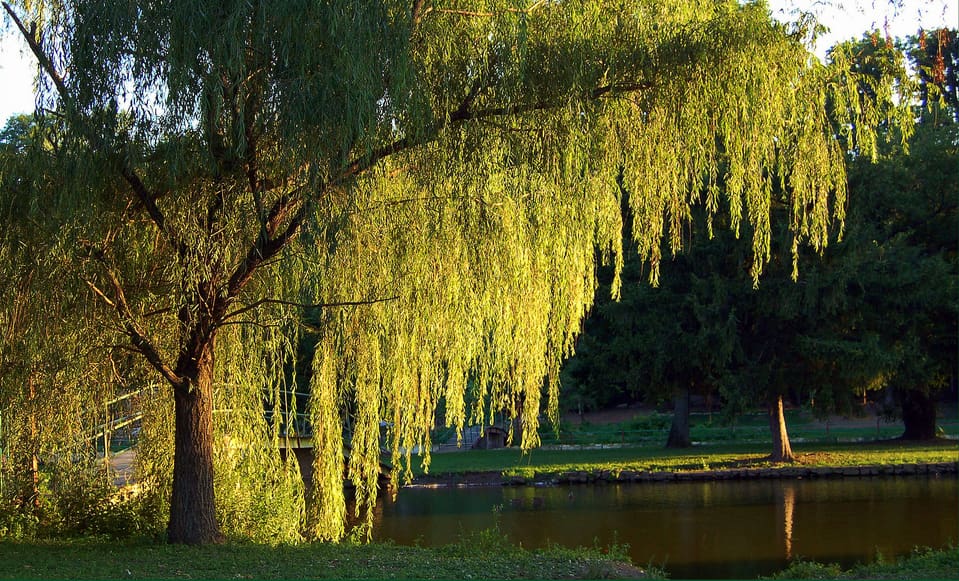
This classic, old-fashioned shade tree likes to be near standing water and can be used to resolve minor drainage issues in a landscape. Where there is a low, wet area on your property, the Weeping Willow will make a happy addition to your landscape. However, they need a LOT of room because they grow fast—at least ten feet per year—and will take over an entire section of your yard.
Unlock the full potential of your lawn and gardens!
What’s the difference between a conventional landscape company and one whose staff understands design, horticulture, and landscape systems? To find out, click the button below.
Planting for root health
50% of the problems that a tree experiences happen underground and not above. Ronda Roemmelt
If a tree appears stressed, we tend to look up for signs of disease or a pest infestation. Most of the time, the problem is below the ground. Soil preparation at planting time sets a tree on course for long healthy life. Unfortunately, soil preparation can be skimpy or non-existent in a new construction situation. In a perfect world, we would specify aeration and soil amendments down to 18 inches in order to allow tree roots to spread and branch out fully.
Pruning for strength
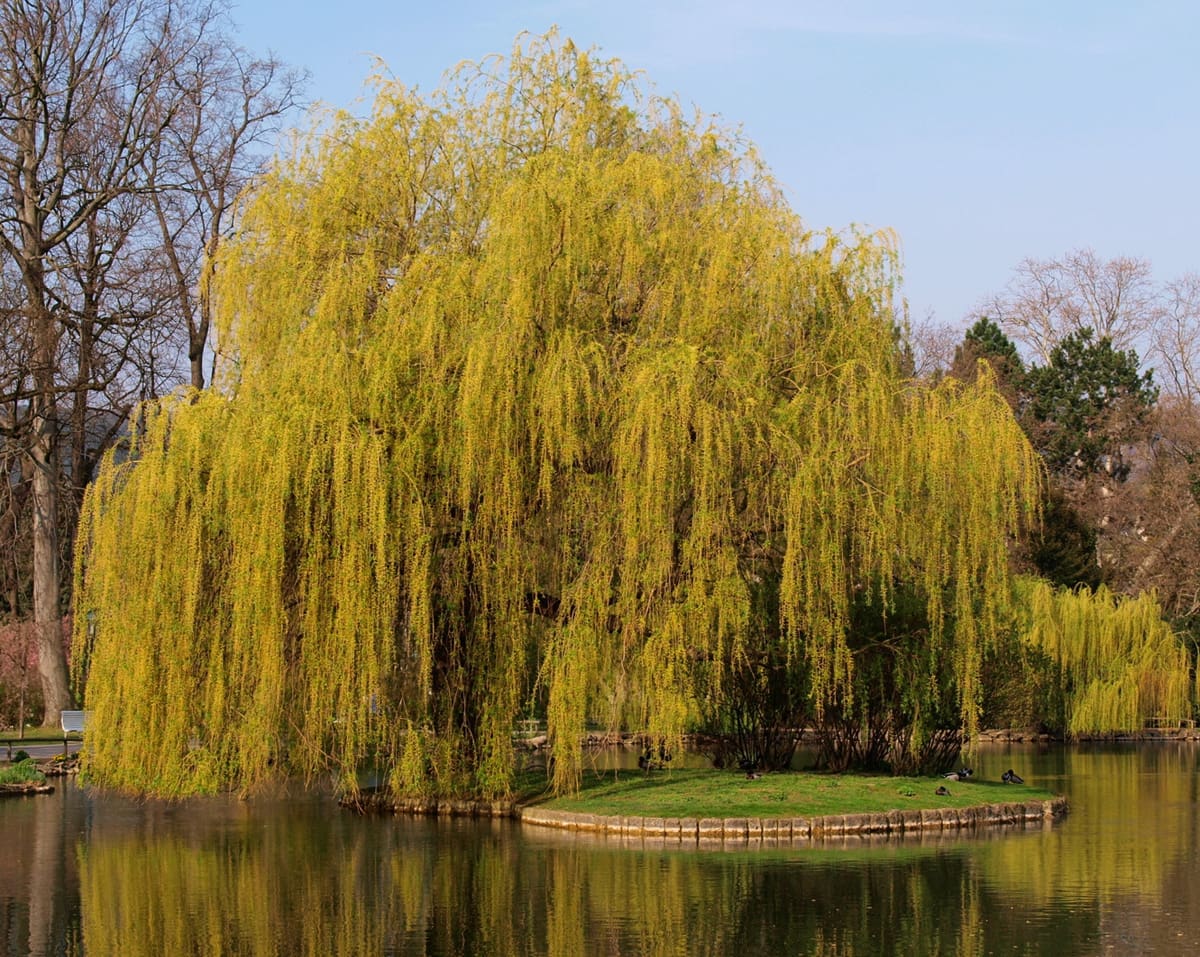
While the trees are growing at the nursery, much time and care is devoted to shaping structure and selectively pruning internal limbs so that the remaining branches can develop strength. By the time that nursery-grown tree arrives on your site, it won’t need additional pruning. As a tree matures in your landscape however, you will prune occasionally for aesthetics or safety as branches naturally die or break off.
Our thanks to Ronda Roemmelt for so generously contributing to the Surrounds blog—and to Ruppert Nurseries for supplying us with beautiful stock for our landscape design projects.
Perhaps you’ve been wondering how to bring out the fullest expression in your landscape and gardens. Our eBook: Choosing the Right Kind of Landscape Maintenance Firm, is full of valuable information to help you understand the fundamental differences between landscape maintenance companies.